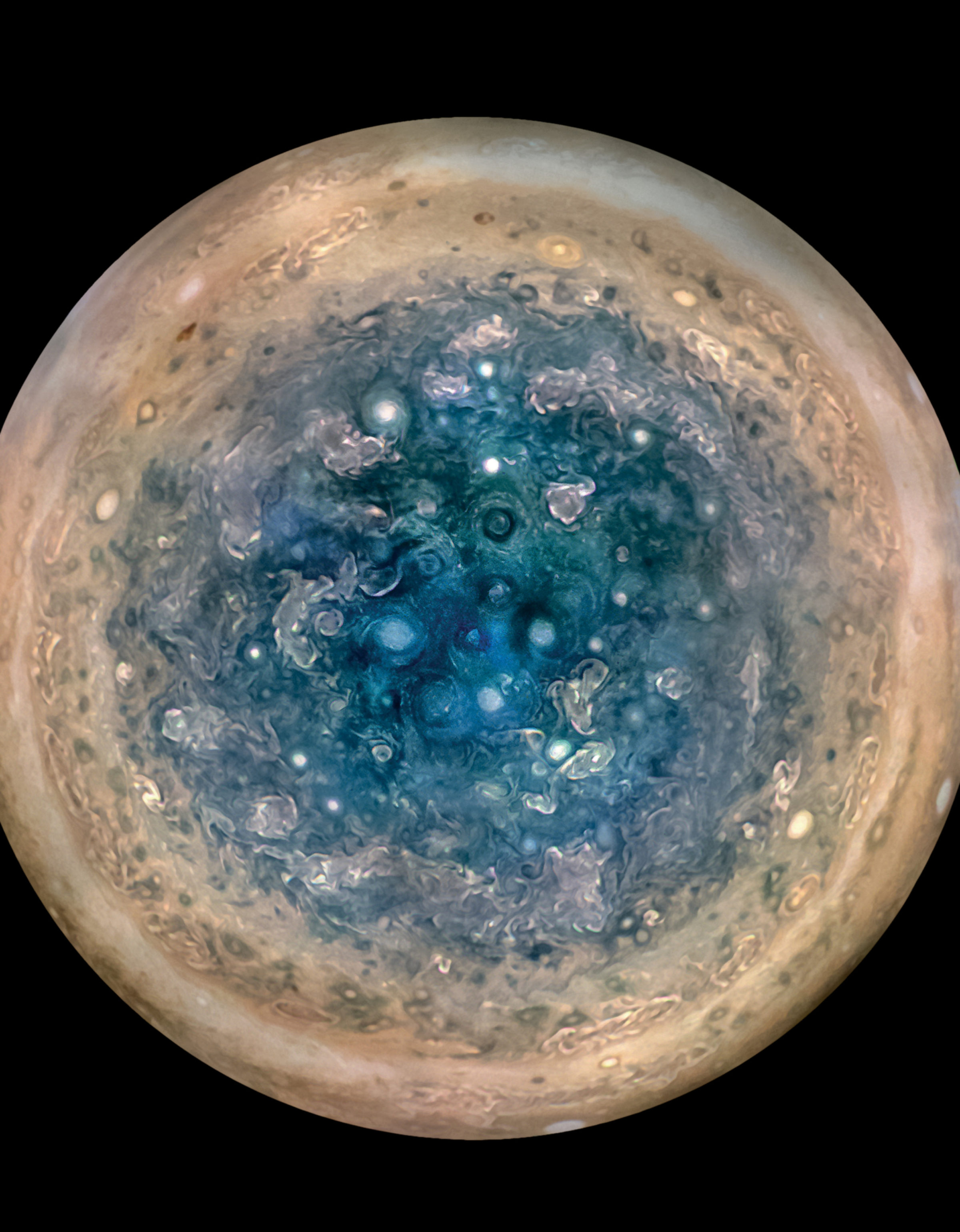Planetary Radio • Jun 07, 2017
Spectacular Jupiter!
On This Episode

Scott Bolton
Juno Principal Investigator and Associate Vice President of the Southwest Research Institute’s Science and Engineering Division
Have you seen its stunning image of Jupiter’s south pole? The Juno orbiter is surpassing expectations and delivering surprising science. Scott Bolton, the mission’s Principal Investigator, is back with a thrilling report. We’ve reached another key milestone along LightSail 2’s road to space. Planetary Society Digital Editor Jason Davis fills us in. Bill Nye gets from India to William Shatner in less than three minutes, and Bruce Betts escorts us across the night sky in What’s Up.

Related Links:
- Juno Mission at Jupiter
- Scott Bolton and other members of the Juno team
- Seán Doran’s Spectacular Juno Perijove 06 Video
- LightSail 2 partner spacecraft ships safely to New Mexico
- India enters the big league with new, powerful rocket
This week's prizes are a Planetary Radio t-shirt, now available in both men’s and women’s styles, a 200-point iTelescope.net astronomy account, and a Planetary Radio sticker.
This week's question:
What class or group of meteorites matches the average composition of samples returned from asteroid Itokawa by the Hayabusa mission?
To submit your answer:
Complete the contest entry form at http://planetary.org/radiocontest or write to us at [email protected] no later than Wednesday, June 14th at 8am Pacific Time. Be sure to include your name and mailing address.
Last week's question:
What star has the largest proper motion?
Answer:
The answer will be revealed next week.
Question from the week before:
What is the name of the US mission that will slam a spacecraft into an asteroid in the 2020s as a kinetic impactor demonstration mission? It will be a test of our ability to change the path of a Near Earth Object.
Answer:
DART, the Double Asteroid Redirection Test, is the US mission that will slam a spacecraft into an asteroid in the 2020s as a kinetic impactor demonstration mission.


 Explore Worlds
Explore Worlds Find Life
Find Life Defend Earth
Defend Earth


